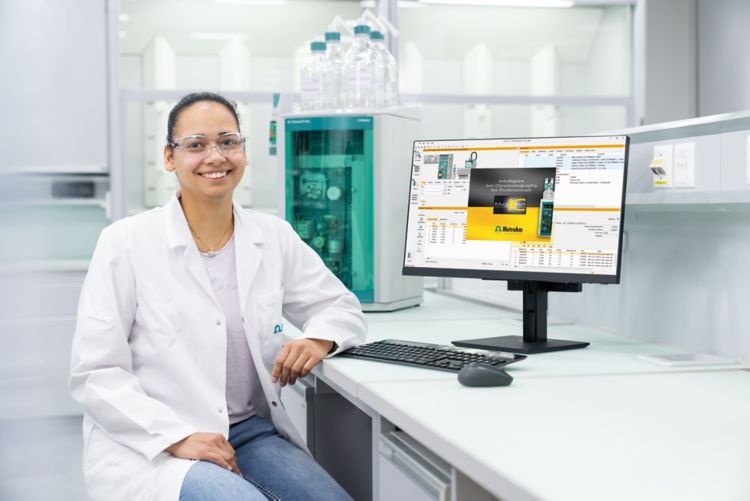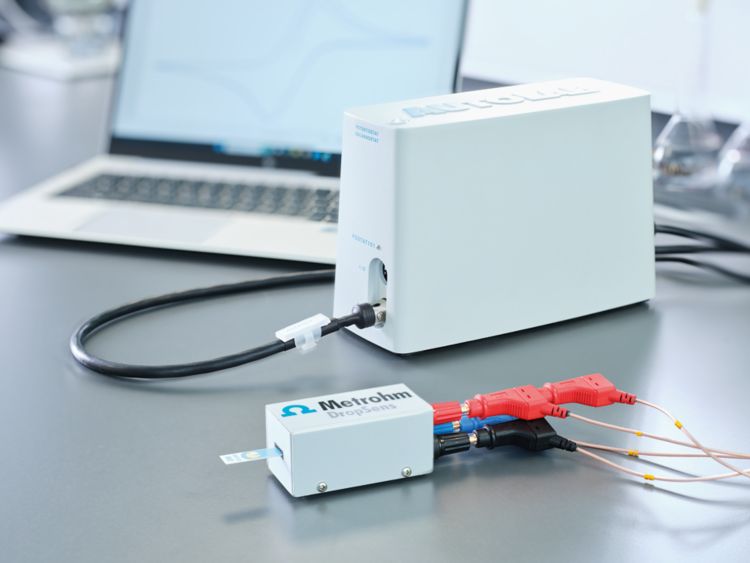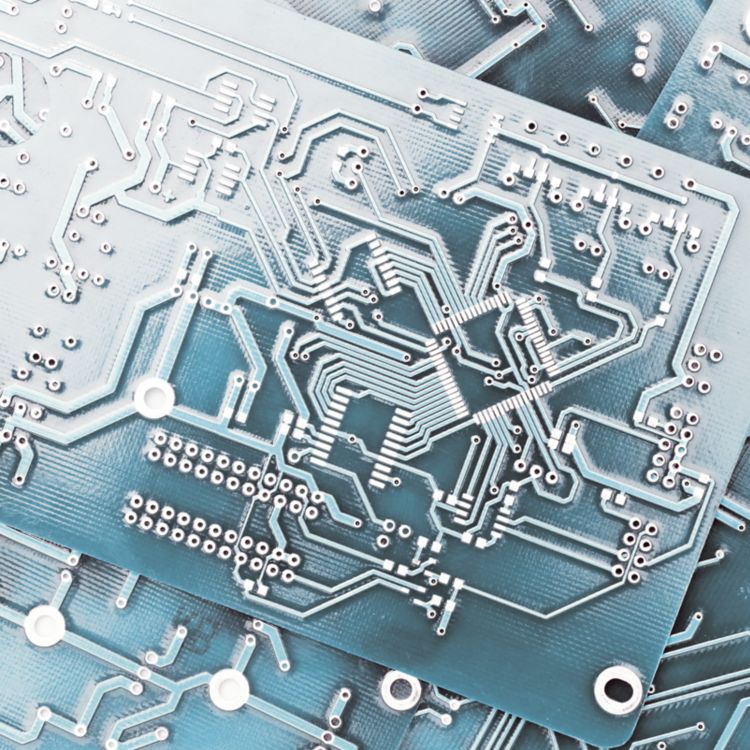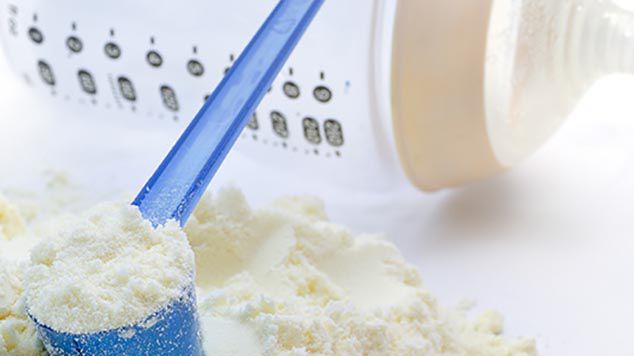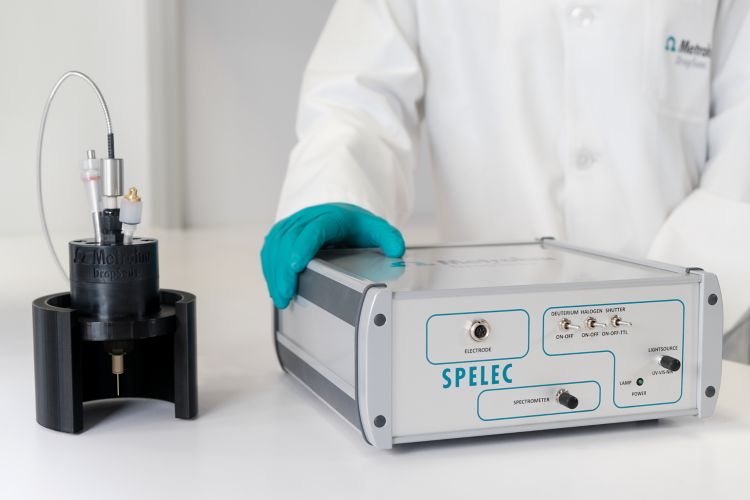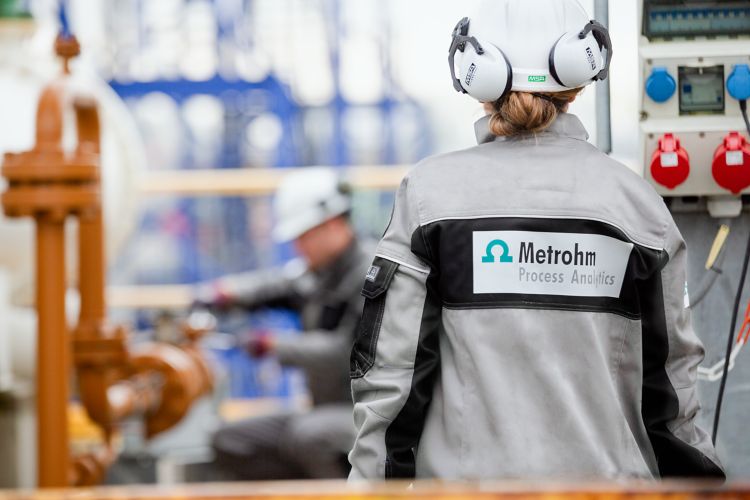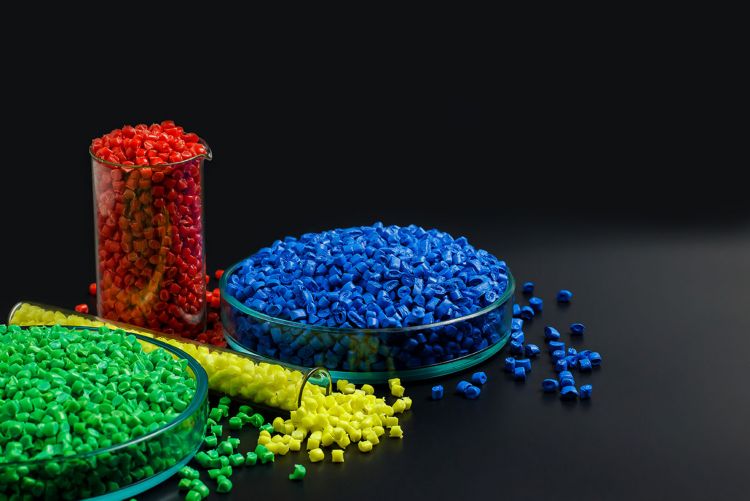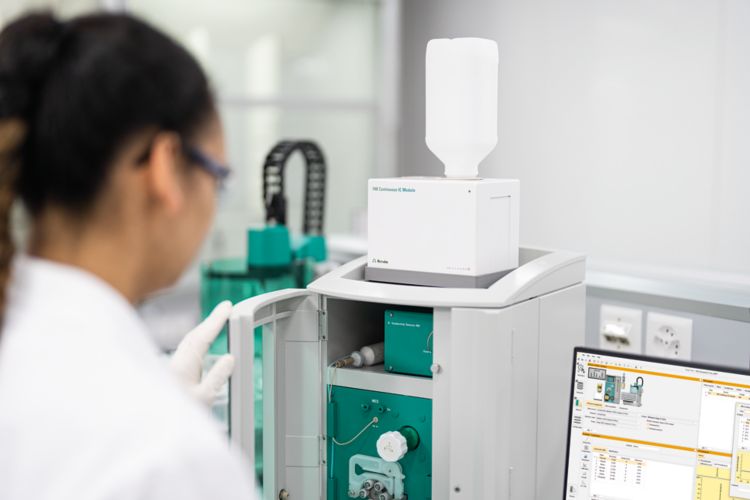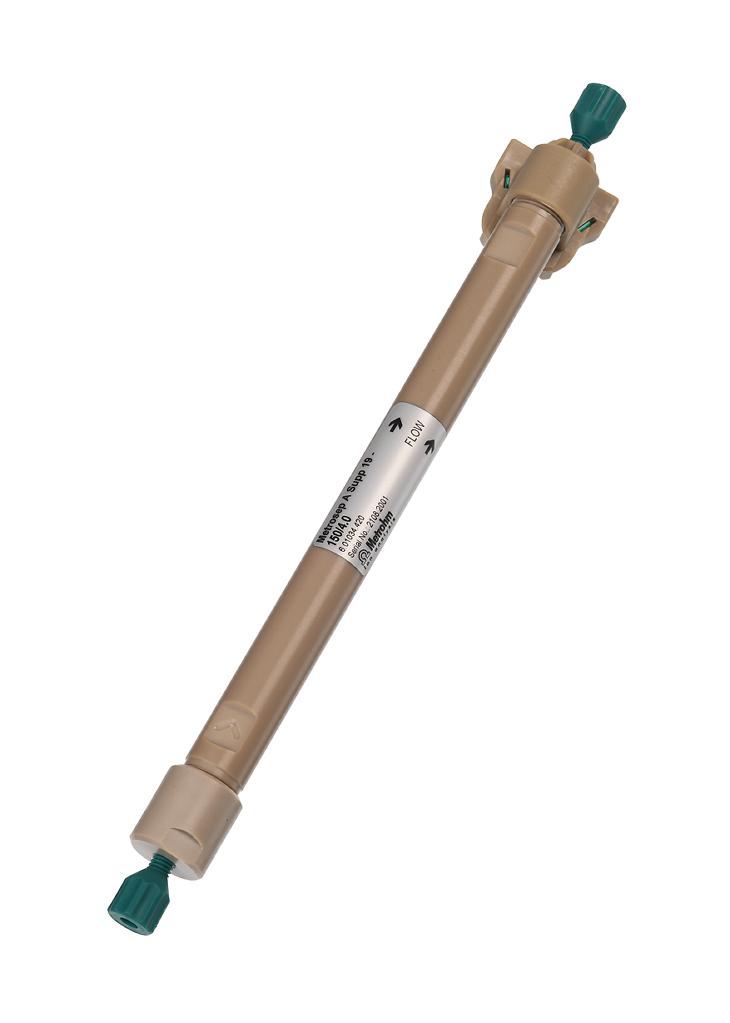Search
- WP-060Multiparameter analysis in fertilizers: Fast and easy via thermometric titration
Agriculture at significant scale without fertilizers is no longer possible in the modern world. To grow a sufficient amount of produce for nearly 8 billion people as well as for domesticated animals and industrial uses, fertilizers of different nutrient compositions are available to cater to the unique needs of various soil types. Information on the fertilizer’s composition (e.g., total nitrogen, phosphorus, and potassium) is available to help select the ideal fertilizer for a specific soil. Conventionally these constituents are determined either gravimetrically (e.g., phosphorus, potassium, or sulfate) or with ICP-OES (e.g., phosphorus or potassium). These methods either have the disadvantages of long analysis times combined with laborious sample preparation (gravimetry), or require expensive instrumentation with high running costs (ICP-OES). This White Paper elaborates how thermometric titration is a fast and inexpensive alternative method to provide information on the content of various nutrients in different fertilizers.
- WP-061Moisture in petroleum products according to ASTM D6304
Knowledge of the water content in lubricating oils, additives, and similar products is important in the manufacturing, purchase, sale, or transfer of petroleum products to help estimate their quality and performance characteristics. Monitoring the water content in such products can prevent damage to infrastructure and ensure safe operation by avoiding corrosion processes and subsequent engine wear. This White Paper explains the easy determination of moisture in petroleum samples by coulometric Karl Fischer titration according to the three procedures outlined in ASTM Method D6304. A comparison is given between the procedures to determine which is most suitable for different sample types.
- WP-062Overcoming difficulties in ion measurement: Tips for standard addition and direct measurement
Ion measurement can be conducted in several different ways, e.g., ion chromatography (IC), inductively coupled plasma optical emission spectrometry (ICP-OES), or atom absorption spectroscopy (AAS). Each of these are well-established, widely used methods in analytical laboratories. However, the initial costs are relatively high. In contrast, ion measurement by the use of an ion-selective electrode (ISE) is a promising alternative to these costly techniques. This White Paper explains the challenges which may be encountered when applying standard addition or direct measurement, and how to overcome them in order for analysts to gain more confidence with this type of analysis.
- WP-063Recommendations for converting a manual titration procedure into an automated titration procedure
This white paper summarizes the steps involved in converting an existing manual titration procedure to semi-automated or automated titration procedures. It discusses topics such as selecting the right electrode and titration mode. For a better understanding, the discussion topics are illustrated with three examples.
- WP-064Illicit Drug Trafficking and Border Control with Mira DS: Safe Fentanyl Identification
Like any defense and security professional, border agents must quickly and accurately identify suspicious substances at the point of contact. When that substance is fentanyl, which is deadly in microdoses, the stakes are even higher. The Mira DS handheld Raman system from Metrohm Raman offers safe, no-contact identification of over 200 fentanyl analogues. Mira DS protects border agents, while they protect citizens from deadly narcotics, drug smugglers, and illegal entry of goods.
- WP-065Simplified sulfite determination in foods and beverages using ion chromatography
Sulfites are well-known additives in foods and beverages used to extend shelf life and preserve colors. Such properties have led to the broad usage of sulfites in a range of foodstuffs like fruits, cereals, vegetables, seafood, juices, alcoholic and non-alcoholic (soft) beverages, and in some meat products. The term «sulfites» describes a group of molecules that include sulfur dioxide (SO2) and chemically related molecules like sodium sulfite (Na2SO3), sodium bisulfite (NaHSO3), or sodium metabisulfite (Na2S2O5). Sulfite intake has been correlated with several adverse reactions, and therefore sulfites are included in the FAO/WHO Codex Alimentarius list. Labelling sulfite content in foods and beverages is necessary when the total concentration exceeds 10 mg/kg. Metrohm ion chromatography allows the reliable measurement of sulfite in different matrices using either conductivity or amperometric detection. The inclusion of automated sample preparation and cleaning steps with Metrohm instrumentation saves additional analyst time and helps increase sample throughput.
- WP-066An introduction to ion chromatography mass spectrometry (IC-MS)
Ion chromatography mass spectrometry (IC-MS) is a powerful tool that can handle many challenging analytical tasks which cannot be performed adequately by IC alone. IC-MS is a robust, sensitive, and selective technique used for the determination of polar contaminants like inorganic anions, organic acids, haloacetic acids, oxyhalides, or alkali and alkaline earth metals. After separation of the sample components via IC, mass selective detection guarantees peak identity with low detection limits. The inclusion of automated Metrohm Inline Sample Preparation (MISP) allows not only water samples, but also chemicals, organic solvents, or post-explosion residues to be readily analyzed without need for extensive manual laboratory work. This White Paper explains the benefits of IC-MS over IC in certain cases, the hyphenation of IC and different MS systems, as well as related norms and standards.
- WP-067Quality control of semiconductor acid baths as per ASTM E1655 – Time- and cost-efficient with NIRS
The demand for microelectronics and printed circuit boards (PCBs) has steadily increased as more flat panel displays, LEDs, photovoltaics, and other essential intermediates are required to create modern consumer devices. This is favorable for the semiconductor industry, though challenges may arise to deliver on time while upholding high quality standards. To be successful, several processes must be optimized in order to increase production efficiency. This White Paper describes the capabilities of the modern analytical method near-infrared (NIR) spectroscopy for assessing the quality of acid baths for etching of microelectronics and printed electronics. Not only are analysis times sharply reduced to less than a minute, the related running costs are also significantly lower – certainly a boost in efficiency that should not be overlooked!
- WP-068Recommendations for titration methods validation
The objective of validation of an analytical procedure is to demonstrate that it is suitable for its intended purpose. Recommendations for the validation of analytical methods can be found in ICH Guidance Q2(R1) Validation of Analytical Procedures: Text and Methodology and in USP General Chapter <1225> Validation of Compendial Procedures. The goal of this white paper is to provide some recommendations for the validation of titration methods.
- WP-069(Un)Grounded: Grounded and floating measurements and their application in electrochemical research
In this White Paper, details of the electronic (PGSTAT) and electrochemical cell grounding are presented together with the necessity of using a floating PGSTAT for different application and experimental examples. Due to the wide variation of experimental requirements and kinds of electrochemical cells, the use of an electrochemical instrument with a selectable floating feature (such as VIONIC) which brings additional versatility to the user is recommended.











































